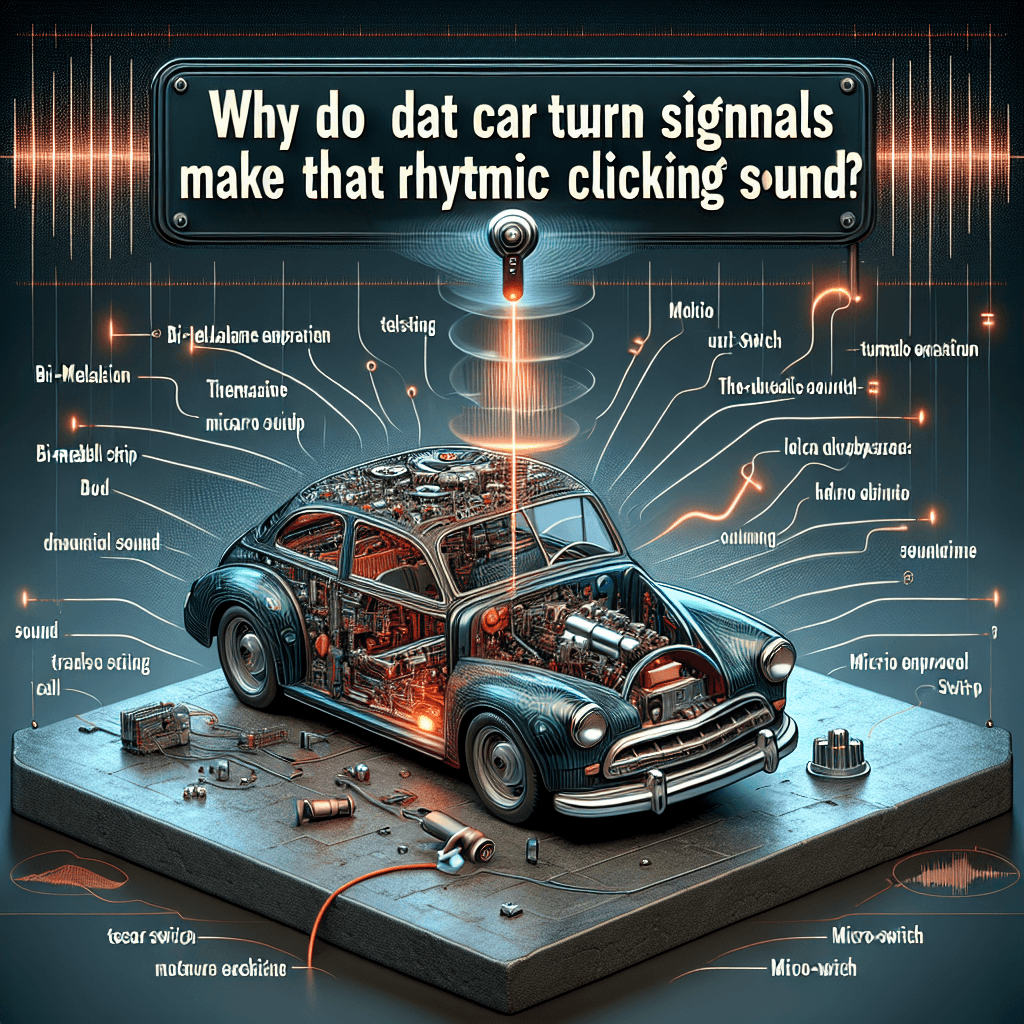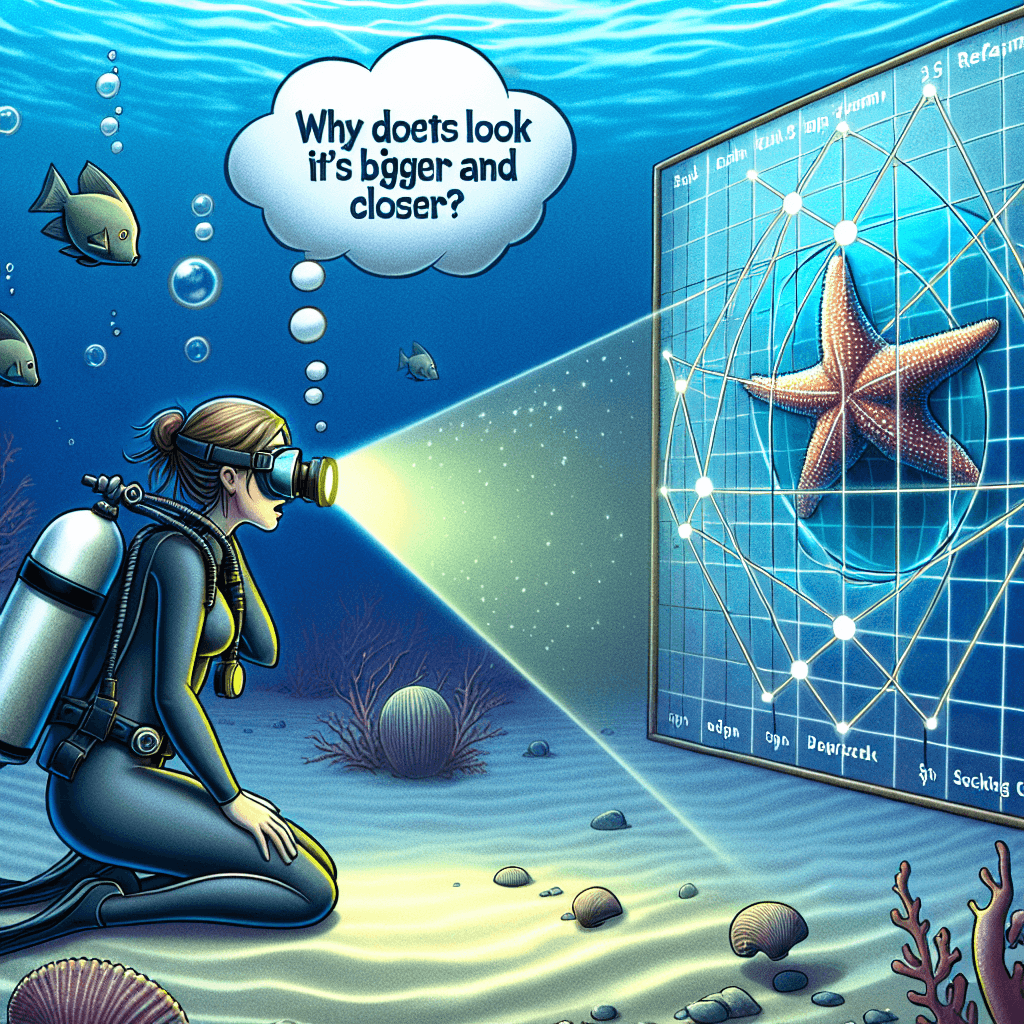Why do car turn signals make that rhythmic clicking sound
That familiar 'tick-tock' from your dashboard is no accident; it’s the ghost of a simple, mechanical part that modern cars now have to fake for a surprisingly crucial reason.


Too Long; Didn't Read
TLDR: The clicking was originally the sound of a physical, heat-activated switch turning the lights on and off. Modern cars are electronic, so they add an artificial click sound because drivers rely on that audio feedback to know their signal is working.
The Sound of Safety: Why Do Car Turn Signals Make That Rhythmic Clicking Sound?
It’s one of the most universal sounds in the automotive world. That rhythmic, consistent "tick-tock" that accompanies your every turn or lane change. We hear it so often that we barely notice it—until it stops, or worse, starts clicking at a frantic pace. But have you ever stopped to wonder why that sound exists at all? Is it just a random noise, or is there a specific, engineered purpose behind the click? The answer is a fascinating blend of old-school mechanical ingenuity and modern user-focused design. This post will delve into the technology behind the turn signal's iconic click, revealing how a simple sound became an indispensable safety feature for every driver on the road.
The Mechanical Heartbeat: The Thermal Flasher Relay
To find the origin of the clicking sound, we need to look back to the technology that powered turn signals for decades: the thermal flasher relay. This small, often cylindrical, component was the electromechanical heart of the turn signal system in older vehicles. It was a clever, yet simple, device responsible for making the lights blink.
Inside this relay is a crucial component: a bimetallic strip. This is a small piece of metal made by bonding two different types of metal together, each with a different rate of thermal expansion. Here’s how it works:
- When you engage the turn signal, an electric current flows through the bimetallic strip.
- This current causes the strip to heat up. Because the two bonded metals expand at different rates, the strip physically bends.
- As it bends, it breaks contact with an electrical point, interrupting the circuit. This turns the turn signal light off.
- With the current cut off, the strip quickly cools down and straightens back to its original position, reconnecting the circuit and turning the light back on.
- This cycle repeats, causing the light to flash on and off.
The "click" you hear is the literal, physical sound of that bimetallic strip snapping back and forth as it heats and cools, making and breaking the electrical connection. It wasn't designed to make a sound; the click was simply a byproduct of its mechanical operation.
More Than Just Noise: The Click as a Warning System
Engineers quickly realized that this audible byproduct served an important secondary function: it was an excellent diagnostic tool. The speed of the thermal flasher's cycle is directly related to the amount of electrical resistance in the circuit. All the bulbs in the circuit (front, rear, and dashboard indicator) are designed to provide a specific, combined resistance.
If one of your turn signal bulbs burns out, the total resistance in the circuit changes. This change causes the bimetallic strip in the thermal flasher to heat up and cool down much more rapidly. The result? The blinking light and the accompanying click speed up dramatically. This phenomenon, known as "hyperflashing," serves as an immediate auditory alert to the driver that a bulb has failed and needs to be replaced. It's a simple, brilliant feedback system born from basic physics.
The Digital Age: Why Do Modern Cars Still Click?
As vehicle technology has advanced, the mechanical thermal flasher has been almost entirely replaced. Modern cars use solid-state relays or have their lighting systems controlled by a central computer, often called the Body Control Module (BCM). These systems are fully electronic, with no moving parts, and are therefore completely silent.
So, why do our brand-new cars still make that familiar clicking sound?
The answer lies in human psychology and user-centric design. Over decades, drivers became conditioned to associate the clicking sound with a functioning turn signal. The sound provides crucial auditory feedback, confirming that the signal is engaged without the driver having to take their eyes off the road to look at the dashboard indicator. Forgetting to turn off a signal can be confusing and dangerous to other drivers, and the silent operation of electronic systems would make this much more common.
Recognizing this, automakers intentionally program an artificial clicking sound into the car's software. This sound is played through a small, dedicated speaker located in the instrument cluster or dashboard. It perfectly mimics the sound of the old mechanical relays because that’s what drivers expect to hear. Even the hyperflash warning is programmed in; if the BCM detects a burned-out bulb, it will play the clicking sound at a faster rate to alert the driver, preserving the vital diagnostic feature of its mechanical predecessor.
Conclusion
The humble turn signal click is a perfect example of elegant engineering evolution. What began as an unintentional mechanical noise from a thermal flasher became an essential piece of auditory feedback for drivers. It not only confirms that the signal is active but also alerts us to potential safety issues with our vehicle's lighting. As cars became silent, digital machines, the sound was deemed so important that it was deliberately recreated. So, the next time you flick that indicator stalk and hear that familiar "tick-tock," you’ll know you’re not just hearing a random noise—you’re hearing the carefully preserved sound of safety.
More Articles

Why do things underwater look bigger and closer than they really are?
It’s not your eyes playing tricks on you—it's a fascinating law of physics that turns the entire underwater world into a giant magnifying glass.

Why do spaghetti stains cling to plastic tubs but not glass bowls?
Discover why tomato sauce permanently dyes your plastic containers but wipes clean from glass—it's not your scrubbing power, but a simple case of molecular attraction.

Why was a brilliant philosopher's name twisted into the modern word for a fool?
He was a celebrated intellectual giant, yet a centuries-long smear campaign by his academic rivals twisted his very name into a common insult for a fool.